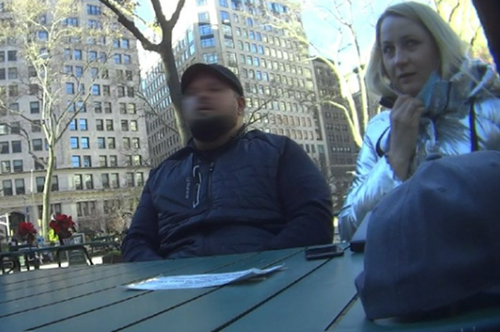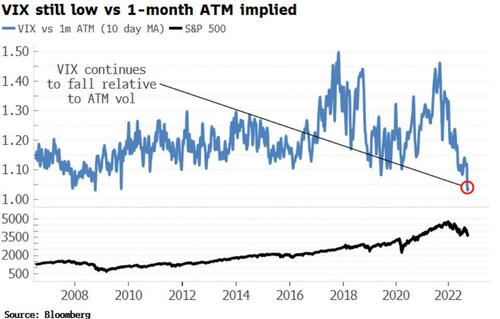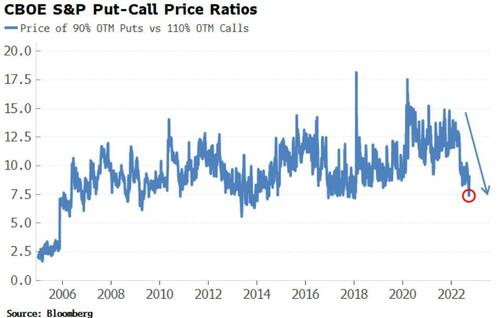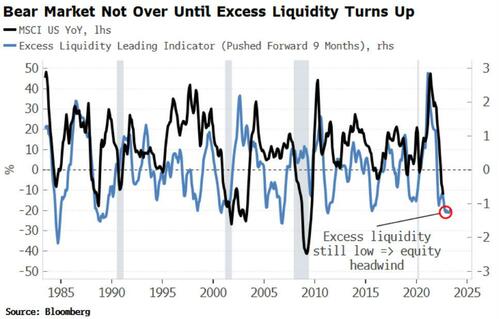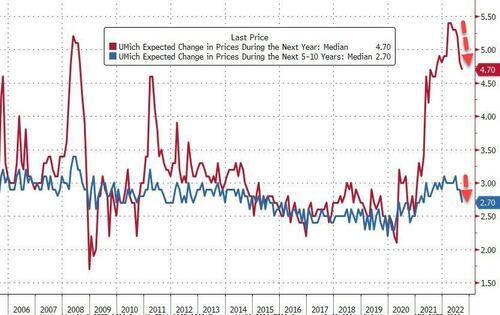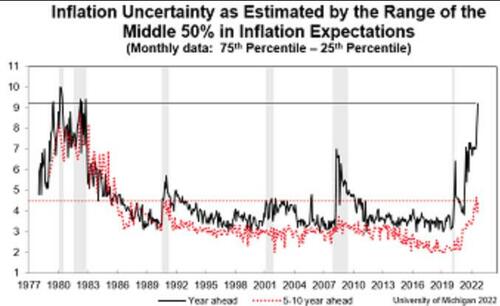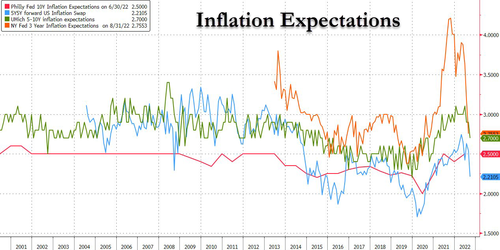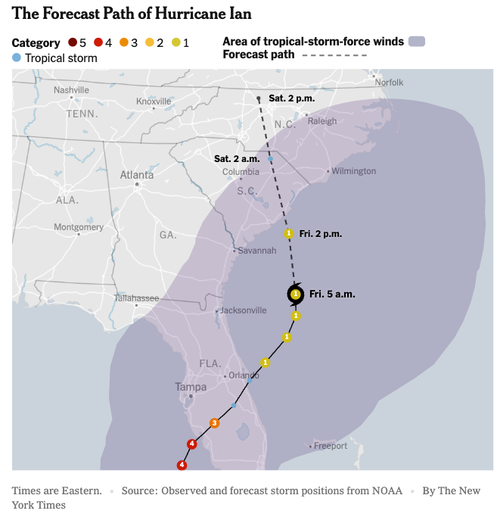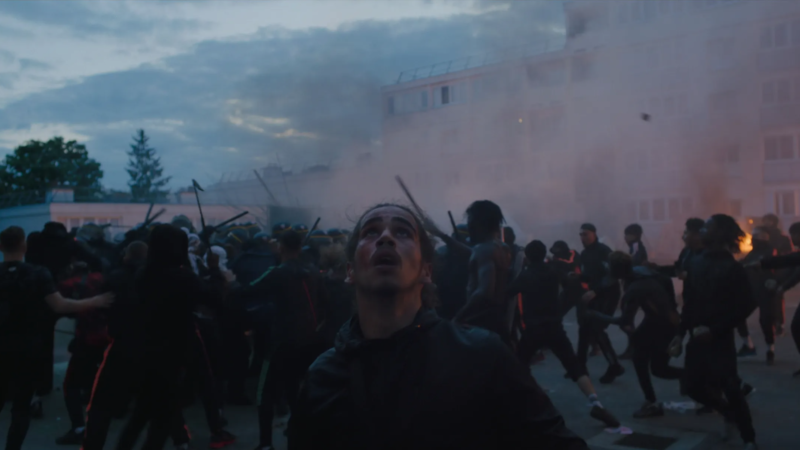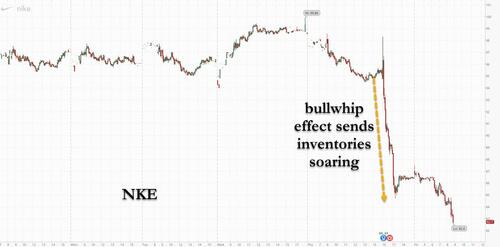Short-Seller Hindenburg “Turned The Tables” On Espionage Op Targeting Nikola Whistleblowers
Short seller Hindenburg Research, best known for publishing a scathing report on EV startup Nikola that culminated in the company’s founder and CEO currently in the midst of a criminal trial, followed up on its findings yesterday, revealing an angle to the story that included possible espionage, hacking and deception.
The short seller said in a 45-Tweet thread yesterday that shortly after its report on Nikola was released in late 2020, the company and the whistleblowers that helped it gather information were targeted by “an army of hackers and spies” – several of whom tried to identify whistleblowers involved the research.
The espionage efforts to unmask the whistleblowers, which Hindenburg attributes to Nikola founder Trevor Milton, were met by Hindenburg’s own team, who set up an elaborate sting operation, complete with hidden cameras, white hat hackers, pseudonyms and surveillance, to lift the cloak on those who were targeting them.
After their Nikola report, Hindenburg says “a former Nikola employee had his phone account hacked and his messages & emails breached.” The same former also told the short seller “that the retired head of New York’s DEA office, James Hunt, was knocking on doors in Utah, flashing his DEA badge and asking former colleagues questions about him.”
The former Nikola employee later told us that the retired head of New York’s DEA office, James Hunt, was knocking on doors in Utah, flashing his DEA badge and asking former colleagues questions about him.
(4/x) pic.twitter.com/rMUJVij3Wt
— Hindenburg Research (@HindenburgRes) September 29, 2022
Then, a “key [Nikola] whistleblower” that the company was in touch with was targeted by a suspicious email from a “journalist” with a “too good to be true” offer for more dirt on the company.
The short seller suspected something nefarious was afoot and that the identity of their whistleblower was being targeted. So, instead of ignoring the outreach, they hired a technology expert, and offered to meet the solicitor in a New York City park.
An email the whistleblower got included a link that “had hallmarks of a social engineering attempt, and possibly phishing”, Hindenburg wrote.
In early October, whistleblower @InsiderNikola got an email from a woman named “Natalia” who claimed to be a journalist with access to The Guardian.
She emailed from a Gmail account with the username “Natalia007”.
(7/x) pic.twitter.com/J74iJgO59G
— Hindenburg Research (@HindenburgRes) September 29, 2022
At an agreed upon location in NYC, Hindenburg founder Nathan Anderson went undercover, wired with hidden cameras, and acted as though he was the whistleblower that the “journalist” was looking for. The “journalist” who had reached out to the company’s whistleblowers had promised to deliver another whistleblower of her own, complete with additional files on the company on a USB drive and documents in a manila envelope.
At the meeting, Hindenburg suspected they were being surveilled, so they set up their own counter-surveillance team.

They were eventually met by a woman with “a strong Eastern European accent” who said she had come from Florida to introduce the team to another whistleblower. Eventually, that person showed up with a USB drive that he claimed had “lots of documents” on it.
The “whistleblower” pried for information from Anderson, asking about whether or not the short sellers had been in touch with the government.
Throughout our conversation, the “source” kept leaning in, cupping his ear, saying he was having a hard time hearing us. (Smooth, right?)
He was very interested in whether we’d spoken to the government, or to journalists.
(31/x) pic.twitter.com/7KkuPBjTaN
— Hindenburg Research (@HindenburgRes) September 29, 2022
The short sellers eventually unmasked themselves and revealed their identity and camera crew, and took possession of the USB drive. At that point, the spies began to panic, according to Hindenburg.
“I’m not saying nothing else without my attorney…I have a right!” the Eastern European “journalist” told Hindenburg. The other man involved, disguised as the “journalist’s” whistleblower “up and bolted” from the table, the thread says.
Hindenburg later found that “that there were at least 3 operatives in the park” surveilling them, one of which their team was able to get a photo of, as he openly recorded the meeting.
Hindenburg says they were able to identify several of the operatives involved in the counter-intelligence operation. The “journalist” was a used car saleswoman in Miami, they said. Her associate, acting as another Nikola whistleblower was a former DoD contractor with intelligence experience.
They also said they were being surveilled by a car that was owned by a retired NYPD detective who works security.
The whistleblower whose identity was being targeted during the incident was the first witness at Nikola founder Trevor Milton’s trial, Hindenburg wrote. “His testimony was damning,” the thread concluded.
You can read the entire thread with the details of the sting, unraveled, at this link.
Tyler Durden
Fri, 09/30/2022 – 10:34
via ZeroHedge News https://ift.tt/JZYykfx Tyler Durden
